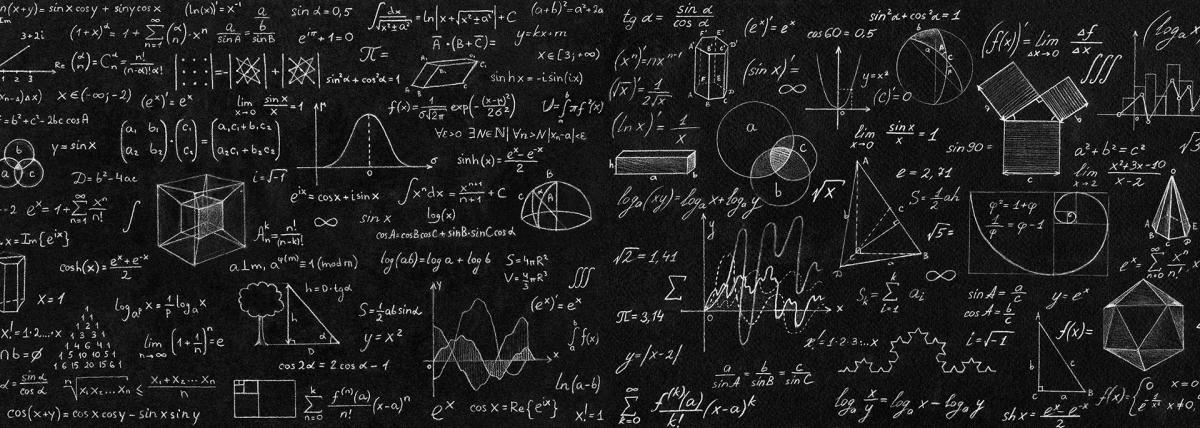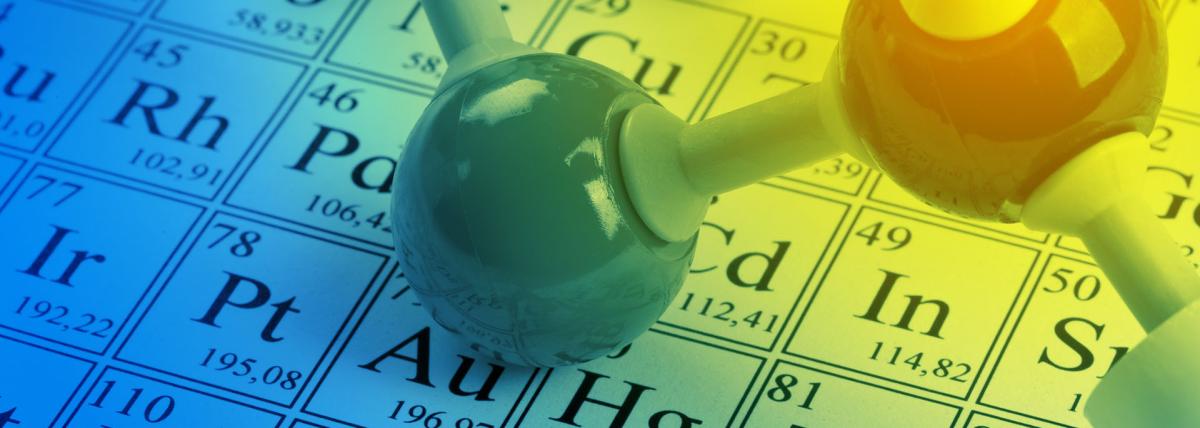
This lesson plan will allow students to explore the use of a PhET simulation in creating a series and parallel circuit, then apply this knowledge in creating a real circuit. Students will also learn

This lesson plan will allow students to explore the use of a PhET simulation in creating a series and parallel circuit, then apply this knowledge in creating a real circuit. Students will also learn

Students will create a geometric net to estimate how many cheerios will fit in the cube. They will use volume to create a real sized cereal box that they can fit 100 cheerios into without having lots

In this lesson plan students will use fractions to design a space for a flock of chickens. Using only 2 Items they will have everything they need for this lesson.

Engineers often create small-size models of a new product to test its design. This is especially true with airplanes. Model testing tells engineers how a design responds to different air conditions

The purpose of this lesson is to introduce and apply the concept of frequency. Students will begin by a motivating “click the mouse” challenge. This will help them to develop the concept of frequency

This lesson includes literacy, math, and art about snowflakes. Within math, students will dive into an analysis of angles within a common snowflake. Students will listen to an informational text about

This lesson walks students through reimagining a schoolyard space by calculating scale model and creating scale objects.

Students who have been studying logarithms can apply them using a chemistry lab to discover the pH of acetic acid (white vinegar) and even compare this to other acids.
